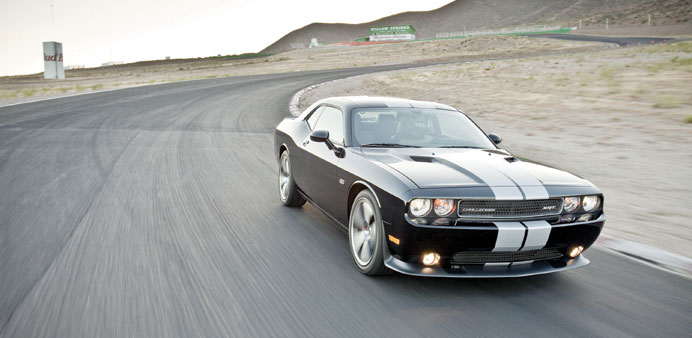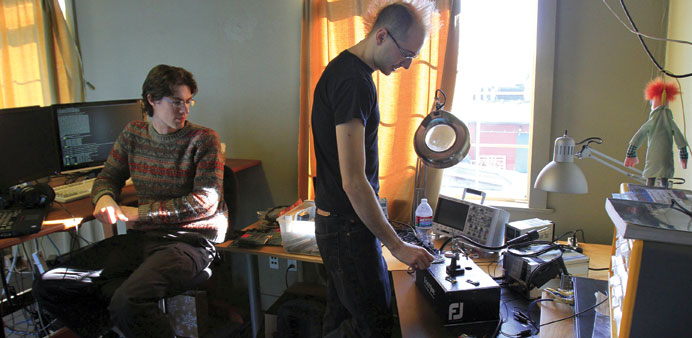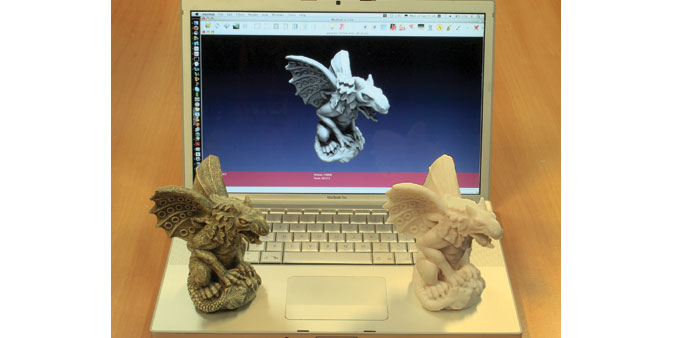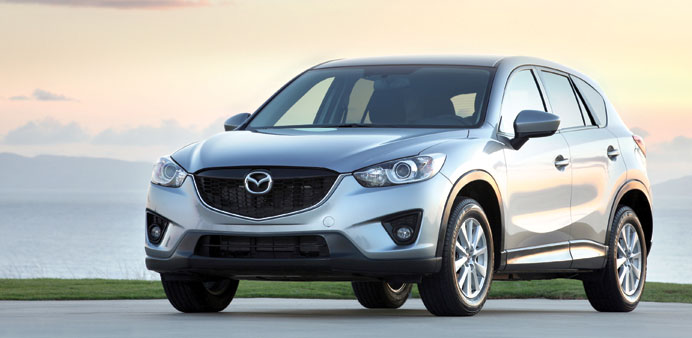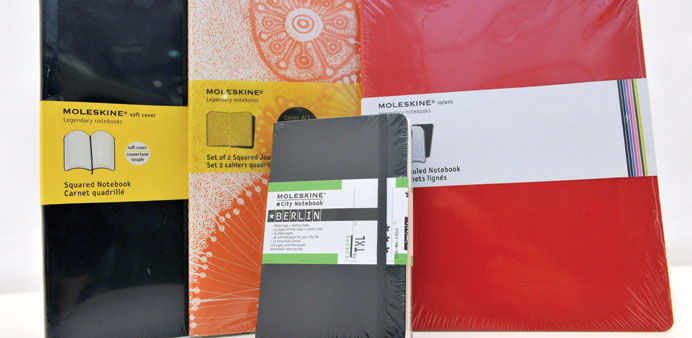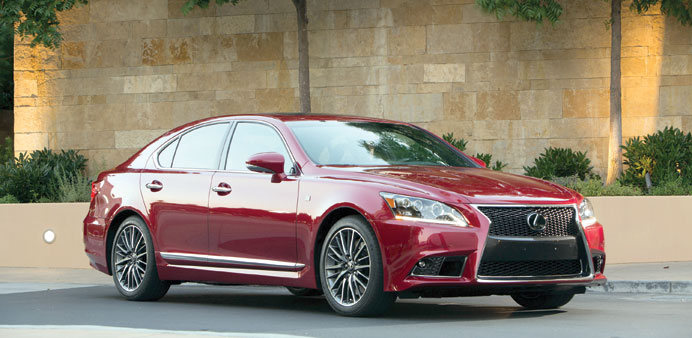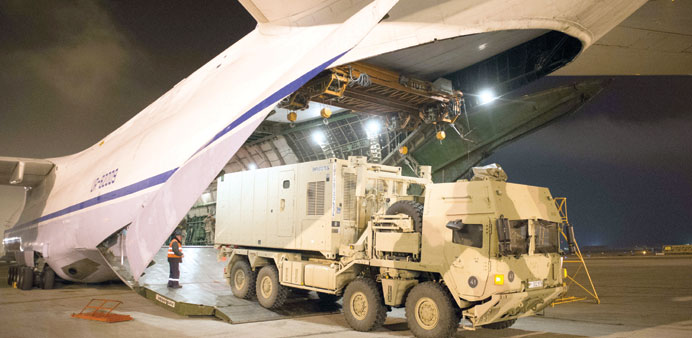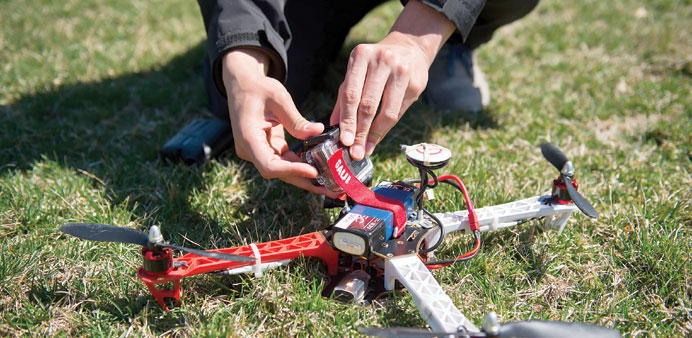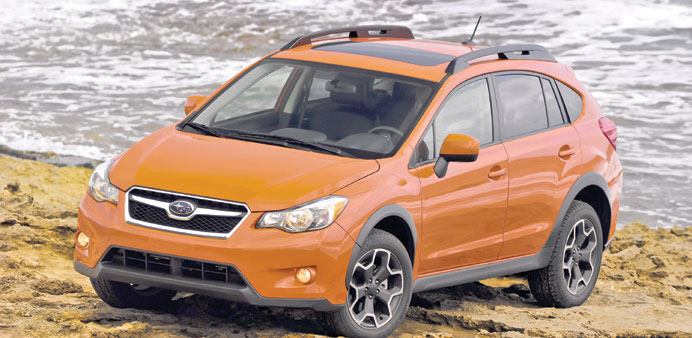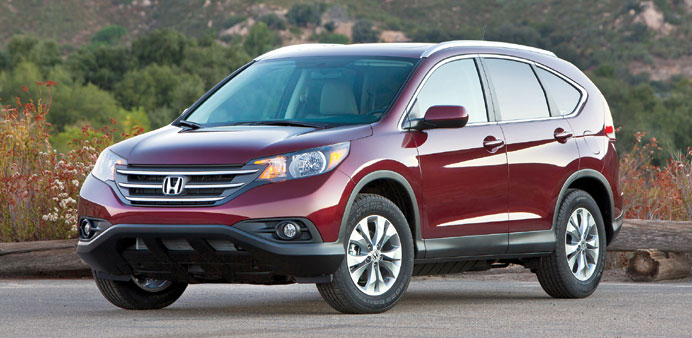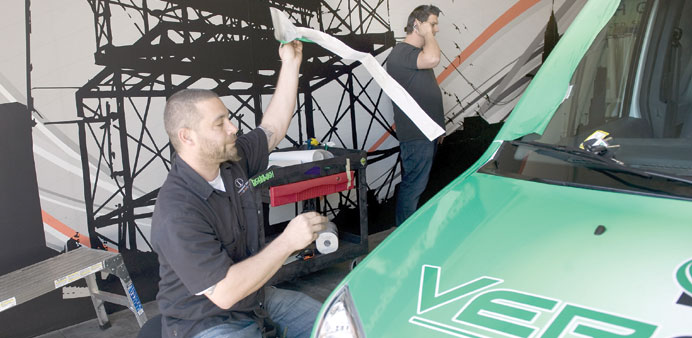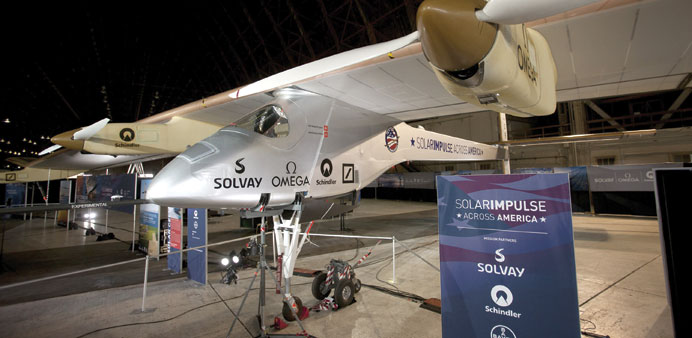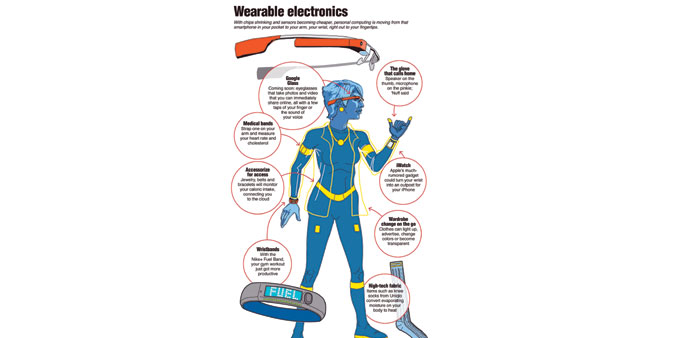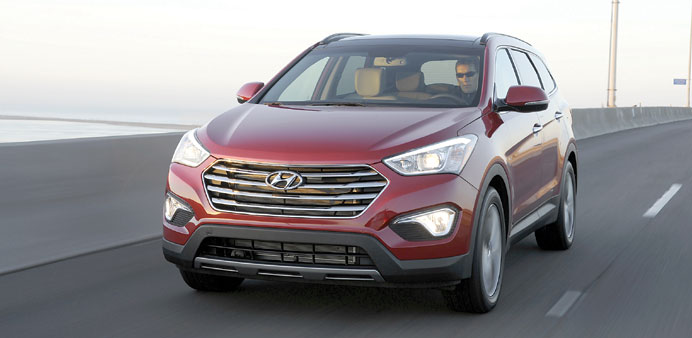By Emma Jayne Williams The 2013 Dodge Challenger lives up to the muscle car standards it has been setting since the 1970s, starting with the retro-styled exterior and, depending on the model, a beast of an engine under the hood. Among its cool design features are a sculpted hood with scoops, chrome-tipped dual exhausts, a front chin-splitter air dam, rear spoiler, and the iconic fuel filler door in chrome. For this model year, the Challenger comes in three versions in the US: the base SXT 3.6-litre, 305hp V-6 ($25,995 in the US); R/T 5.7-litre, 375hp Hemi ($29,995); and the awesome SRT8 392 ($43,995), my test vehicle for the week. And yes, this one had a big 392-cubic-inch (6.4-litre) HEMI, and came with the special 392 appearance package (included in the price). The large horizontal front air dam protrudes from the fascia and, along with the rear spoiler, assures the correct amount of down-force to maintain vehicle stability at maximum speed — which is 180mph for the 392 Hemi. While I didn’t get to check out the aerodynamics at maximum speed, I definitely noticed the “oomph” when I pressed the accelerator at highway speeds. Without cruise control, it would be easy to let the 470hp V-8 take over. The tester came with the standard six-speed manual gearbox, but a five-speed automatic with paddle shifters is available. My SRT8 was black with striking dark-slate/radar-red top-stitched Nappa leather interior and silver racing stripes. Chrysler’s special Street and Racing Technology team designs these SRT vehicles, which are available in a variety of Chrysler and Dodge models, and typically include significant performance upgrades over regular models. The stripes aren’t an option — it actually costs $250 extra to leave them off. The colour of the stripes is optional, however, with silver, red, or grey available. Since the 1960s, muscle cars have been branded with engine-displacement badges, giving the suggestion that “This car will blow you away.” There is prominent “392” badges on the fenders, using a beefy red font outlined in chrome with “Hemi” in jet black. Twenty-inch, five-spoke forged-alloy wheels with black pockets added more aggressiveness. My tester had optional three-season Goodyear tires. In addition to being powerful and looking it, this Challenger is well-appointed and comfortable. The power front bucket seats are heated; the air conditioning has automatic temperature control — set it and forget it; the leather-wrapped steering wheel is heated; cupholders and interior door handles are illuminated; the power outside mirrors are heated; and the interior rearview mirror, with microphone, is self-dimming. Safety features include advanced multistage front air bags, supplemental side-curtain front and rear air bags, electronic stability control, hill-start assist (especially nice with the manual transmission), Brembo performance brakes with rain brake support and ready alert braking, an anti-spin rear axle, and park assist. Front passengers had plenty of legroom, 42 inches, and headroom, 39.3 inches, while rear outboard passengers were a little cramped with 36.2 inches of legroom and 37.4 inches of headroom. The rear middle seat was barely adequate for a small person/child, but all three seating positions had three-point seatbelts and anchors and tether hooks for child seats. With only two doors, installing a child seat and placing the child in the seat would be a challenge. Satellite radio is standard, with a complimentary one-year subscription. The car also has Bluetooth streaming audio, an audio input jack and a USB port. Extra on the tester was a Harman Kardon audio package, which included 18 premium speakers and an Logic7 GreenEdge amplifier. The sound will blow you away, especially the bass. The subwoofers were under the cargo floor in the trunk, and had their own power source. In place of a spare — since there was not enough room for it in the trunk — my Challenger came with a tyre inflation/leak stop kit. The trunk does have 16.2 cu ft of cargo space and a wide opening. The rear seat folded 60/40 for more space to haul stuff. A stroller, a couple of golf bags, lots of beach stuff or luggage would fit the unexpanded trunk. With the seat folded, the trunk/cargo area could hold lots of larger stuff such as sports equipment or DIY supplies. A Uconnect package included CD/DVD/MP3 audio with navigation and a 40GB hard drive, SiriusXM real-time traffic and travel link. The navigation system was relatively easy to programme and follow, and had voice recognition in addition to touch-screen operation. As you might expect, the Challenger SRT8 392 isn’t a fuel-efficient vehicle. Manual and automatic alike are EPA rated for 14 mpg in the city and 23 on the highway. For this review, I averaged 17.2 mpg with mostly stop-and-go, rush-hour highway driving. — Fort Worth Star-Telegram/MCT (Price and technical specifications may vary in locally available models)
Thursday, November 21, 2024
|
Daily Newspaper published by GPPC Doha, Qatar.

